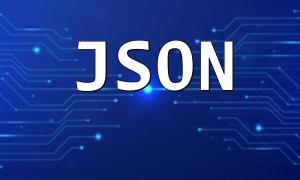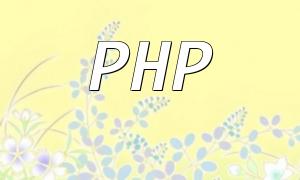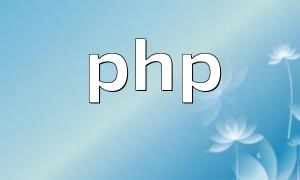PHP is one of the most commonly used programming languages for web development, especially in a Linux environment. This article will walk you through the steps of downloading and installing PHP on Linux to help developers easily complete the installation process.
Before downloading PHP, it's essential to understand the different PHP versions. Each version may have differences in performance and features, so choosing the version that fits your project is crucial. Selecting the right PHP version is the first step toward a successful installation.
Now, let's go over the steps for downloading the PHP installation package on Linux:
It is recommended to download PHP from the official source to ensure the security and integrity of the installation package. You can also use some reliable open-source mirror sites.
You can use the wget command to download a specific version of PHP. Here's an example to download PHP 8.1.0:
<span class="fun">wget https://www.php.net/distributions/php-8.1.0.tar.gz</span>
Once the download is complete, use the tar command to extract the installation package:
<span class="fun">tar -zxvf php-8.1.0.tar.gz</span>
After extraction, continue with the installation by following these steps:
<span class="fun">cd php-8.1.0</span>
Run the configuration command to set the installation options:
<span class="fun">./configure --prefix=/usr/local/php --with-mysqli</span>
Use the following command to compile and install PHP:
<span class="fun">make && make install</span>
After installation, verify that PHP was installed successfully by running the following command:
<span class="fun">php -v</span>
If the installation is successful, you will see the PHP version information displayed in the terminal.
By following the steps outlined above, you can easily download and install the PHP version that meets your needs. It's recommended to use the official source or reliable mirror sites to ensure the security of the package. If you encounter any issues, you can refer to the official documentation or community resources for help.









